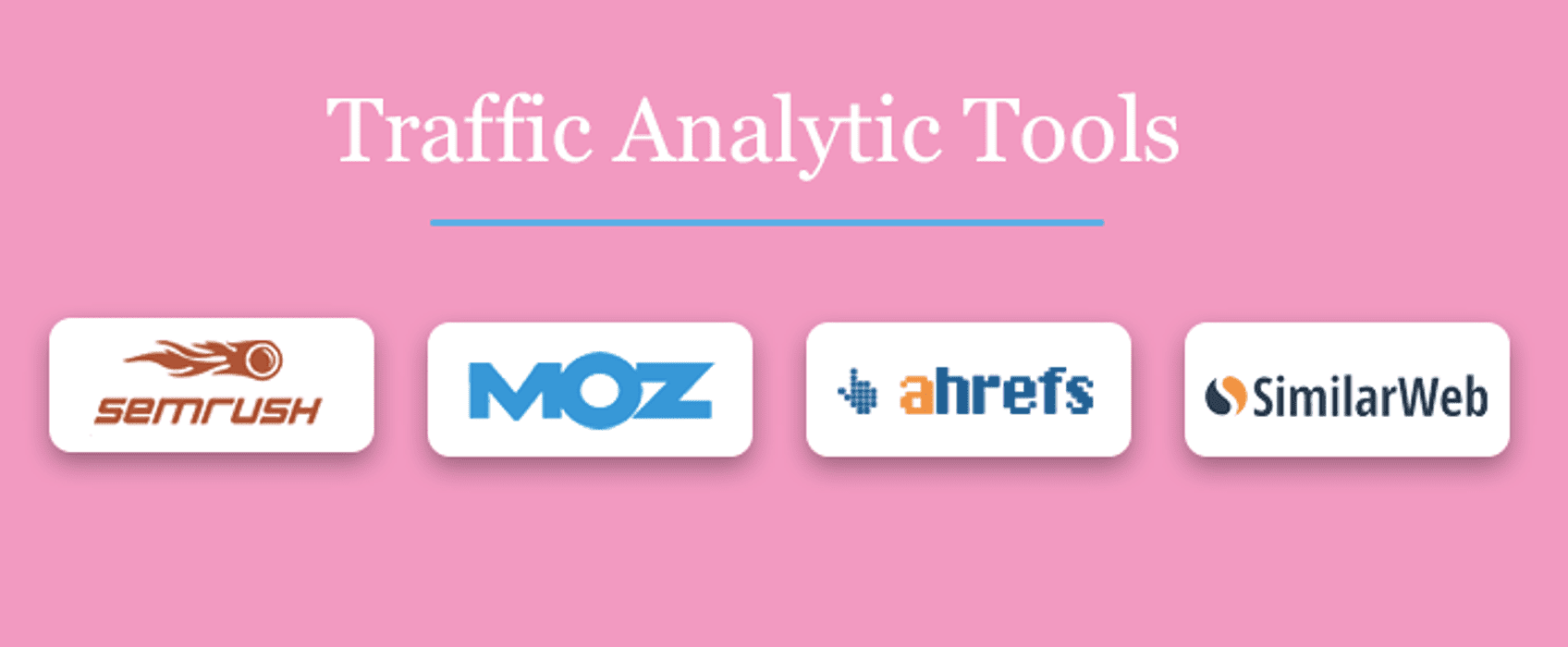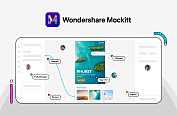
Designers are thinkers and creators, but long gone are the days when design used to rely solely on the creativity of the designer. The reasoning behind this change is simple.
Technology is more sophisticated than ever, subsequently, rendering users into a more demanding state of affairs. Luckily, UX designers are continuing to blur the line between art and science. Thus, producing better products using stronger algorithms.
According to Adobe, 38% of people will stop engaging with a website if its layout or content is visually unappealing.
How Can Data Enhance User-Experience?
Utilizing data helps create fully-functioning web pages that help in making people click where we want. May it is making people push the button to buy or pulling them to put their email ID, data used in UX pays off. If more users abandon the page before filling their email addresses, it’s time to rethink if that step is necessary.
A perfectly designed site is intuitive and engages the user, encouraging them to spend more time on the website. The more time the user spends on the website, the higher the probability of converting into a potential customer.
With the booming BigData available to us, it’s no longer difficult to collect information about the clients’ likes and dislikes. However, navigating through the huge fields of information is difficult. Thanks to free tools such as Google Analytics that we don’t have to navigate manually.
Run Tests to Improve the Layout
Every item on the page can have a notable impact on conversions and ROI. A/B testing is the most traditional methods of user research. It involves dividing several variants of the people-groups and testing them within to optimize the best-performers. Though A/B testing is a good way to find effective results, its lack of intensity makes it less favorable.

Another popular way to collect vital information is to apply heat map analysis. Simply put, heat mapping uses several strategies to display user interaction with your website through a color-coded system, highlighting the areas that receive the most attention.
Paying close attention to the intensity of clicks at any particular place makes one understand the placement of the content & type of content that works. There are several types of heat maps.
Include a Search Box
Rule number one: Every website must have a search bar. A simple search element reaps multiple rewards. As well as being an efficient tool to help users find what they are looking for, a simple search box gives an insight into what type of content is attracting visitors.
By analyzing this information, necessary changes can be made to provide valuable content. This data can also be used to attract potential future clients. Also, searches that failed to return results provide a roadmap to create new content.
Customer Segmentation
Personalization makes visitors feel special and unique. Using relevant information, one can display user-oriented messages and produce a compelling call to action.
This approach is successfully used by companies to build loyalty with clients. By eliminating unnecessary information, an emotional bond can be easily developed.
InData Labs, one of the leading consultancy companies recommend applying customer segmentation to help target a relevant group of people with a strong message. This methodology is also quite helpful in re-targeting ad campaigns set by Digital Marketers.
Once the target segments are defined, the same can be practiced to succeeding communication. Following this, a well-thought-out strategy can be applied across all the channels.
For example, an image used to draw visitors to the site can be used for digital advertising as well.
Acquisition and Traffic Analysis
Learning about your web traffic and the actions users are taking when they appear on your website can help one understand which applied strategies are worth it. It gives you a clear idea of the strategies you should dismiss. Pay attention to the entry points and exit pages. Evaluate the ROI from each acquisition channel. Boost the ones with positive results; Do the opposite otherwise.

Tools such as SEMrush, Moz, Ahrefs, Similarweb, etc. help you analyze the traffic of your site in comparison to competitors’. This comparison gives you a deeper insight into your rankings and helps you gather ideas to increase your organic traffic. Doing a thorough competitor analysis is the key, don’t let them slip away.
What UI/UX Designers Should Know?
As already mentioned, we don’t anticipate a downturn in these jobs. However, reshaping of attributions and workflows is a possibility. Therefore, even if you are a UX specialist or you have in-house UX designers, keep yourself/them educated about the usage of data in daily tasks.
Of course, one is not expected to be a data scientist or an analyst, but being aware of changes and the latest tools to incorporate within their daily processes can help. The upcoming UX professionals are expected to have a few coding skills and somewhat of data science knowledge so that they can design using data.
Data can for-sure improve web design if used with the right insights. The main focus remains to solve the client’s queries and accumulating data can do just that -- providing relevant, real-time answers to the clients.
Overall, Data Science in UX designing has the power to provide better user experience with interactive design, automated responses, and better personalization. And a little bit of knowledge of including animations in the app can help the developer considerably.









